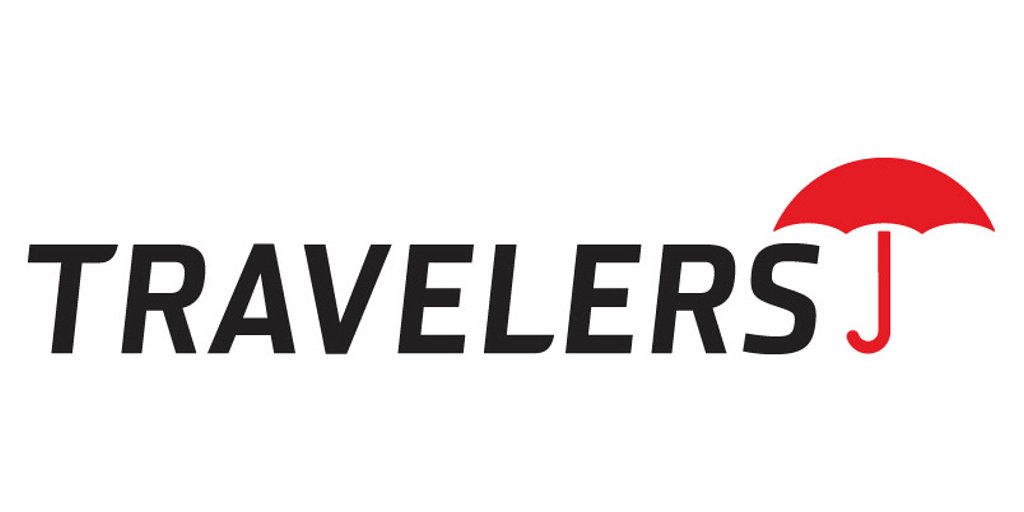
Fraud's Rising Tide: Insurers Battle Sophisticated Schemes and $300B in Annual Losses
Insurance fraud costs Americans $308.6 billion annually, fueled by tech-savvy criminals and disaster-driven scams. Insurers are deploying AI and forging new alliances to combat the growing threat.
Fraud's Rising Tide: Insurers Battle Sophisticated Schemes and $300B in Annual Losses
NEW YORK, NY – November 19, 2025
The Hidden Cost of Fraud
The seemingly abstract concept of insurance fraud carries a hefty price tag for consumers and businesses alike – a staggering $308.6 billion annually, according to recent estimates from the Coalition Against Insurance Fraud. This figure, updated for the first time in nearly three decades, reveals a dramatic increase driven by increasingly sophisticated schemes and a surge in opportunistic offenses. While many associate fraud with isolated incidents, the reality is a complex web of criminal activity that erodes trust in the insurance system and inflates premiums for everyone.
“The cost of fraud is ultimately borne by honest consumers,” says a senior investigator at a leading insurance provider. “Increased payouts due to fraudulent claims force insurers to raise premiums, impacting the financial well-being of individuals and businesses.”
The rising tide of fraud isn’t limited to a single sector. Healthcare, auto, property, and even life insurance are all vulnerable. The Coalition’s data shows that healthcare fraud accounts for a substantial portion of the total losses, with auto insurance fraud also contributing significantly. However, emerging trends, such as post-disaster contractor fraud and digitally enabled scams, are rapidly adding to the growing financial burden.
The Evolving Face of Insurance Fraud
Insurance fraud isn’t a static problem; it’s a constantly evolving landscape shaped by technological advancements and shifting criminal tactics. Historically, fraud often involved simple schemes, like exaggerating claims or staging minor accidents. Today, criminals are leveraging artificial intelligence (AI), data analytics, and the anonymity of the internet to execute far more sophisticated operations.
“We’re seeing a significant increase in digitally enabled fraud,” explains a cybersecurity expert specializing in insurance. “Criminals are using AI to create fake identities, manipulate images and videos, and automate social engineering attacks. This makes it much harder to detect and prevent fraudulent claims.”
Post-disaster contractor fraud is another emerging concern. Following natural disasters, unscrupulous contractors often prey on vulnerable homeowners, offering substandard repairs or abandoning projects altogether. This not only causes financial hardship for homeowners but also contributes to insurance losses.
Beyond technology, organized crime is playing an increasingly prominent role in insurance fraud. Criminal networks are coordinating complex schemes involving multiple parties, such as medical providers, attorneys, and auto repair shops. These operations are often designed to maximize profits and minimize the risk of detection.
Insurers’ Fight Back: Technology and Collaboration
Faced with a growing and increasingly sophisticated threat, insurance companies are investing heavily in technology and forging new alliances to combat fraud. AI and machine learning are playing a key role in detecting suspicious patterns and flagging potentially fraudulent claims. Insurers are also leveraging data analytics to identify emerging trends and proactively address vulnerabilities.
“We’re using AI to analyze vast amounts of data, including claims history, medical records, and social media activity,” says a fraud prevention specialist. “This allows us to identify anomalies and red flags that might otherwise go unnoticed.”
Beyond technology, collaboration is becoming increasingly important. Insurers are sharing data and intelligence with each other, as well as with law enforcement agencies and government regulators. Industry consortiums are emerging as a key tool for combating organized fraud and addressing systemic vulnerabilities.
One new initiative includes cross-carrier analysis, where insurers pool data to identify repeat offenders and uncover complex schemes. Another key development is the use of blockchain technology to create secure and transparent claims processing systems. Several insurers are also investing in digital identity verification solutions to prevent identity theft and fraudulent claims.
This collaborative spirit extends to partnerships with external organizations, including cybersecurity firms and data analytics providers. Insurers are also working closely with law enforcement agencies to investigate and prosecute fraudulent activity, ensuring that criminals are held accountable for their actions. The industry is recognizing that tackling the growing problem of fraud requires a unified and collaborative approach.
“We’re seeing a shift in mindset,” says a senior investigator at a leading insurance provider. “Insurers are realizing that they can’t fight fraud alone. We need to work together to share information and best practices.”
📝 This article is still being updated
Are you a relevant expert who could contribute your opinion or insights to this article? We'd love to hear from you. We will give you full credit for your contribution.
Contribute Your Expertise →